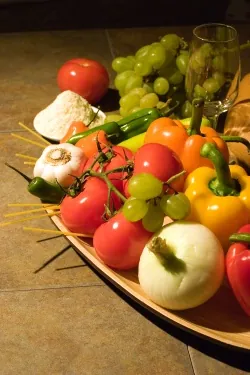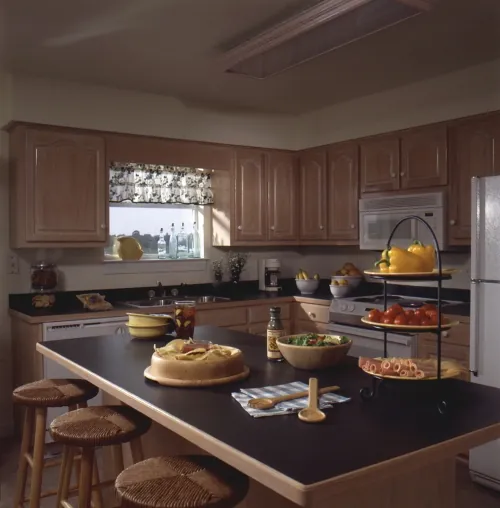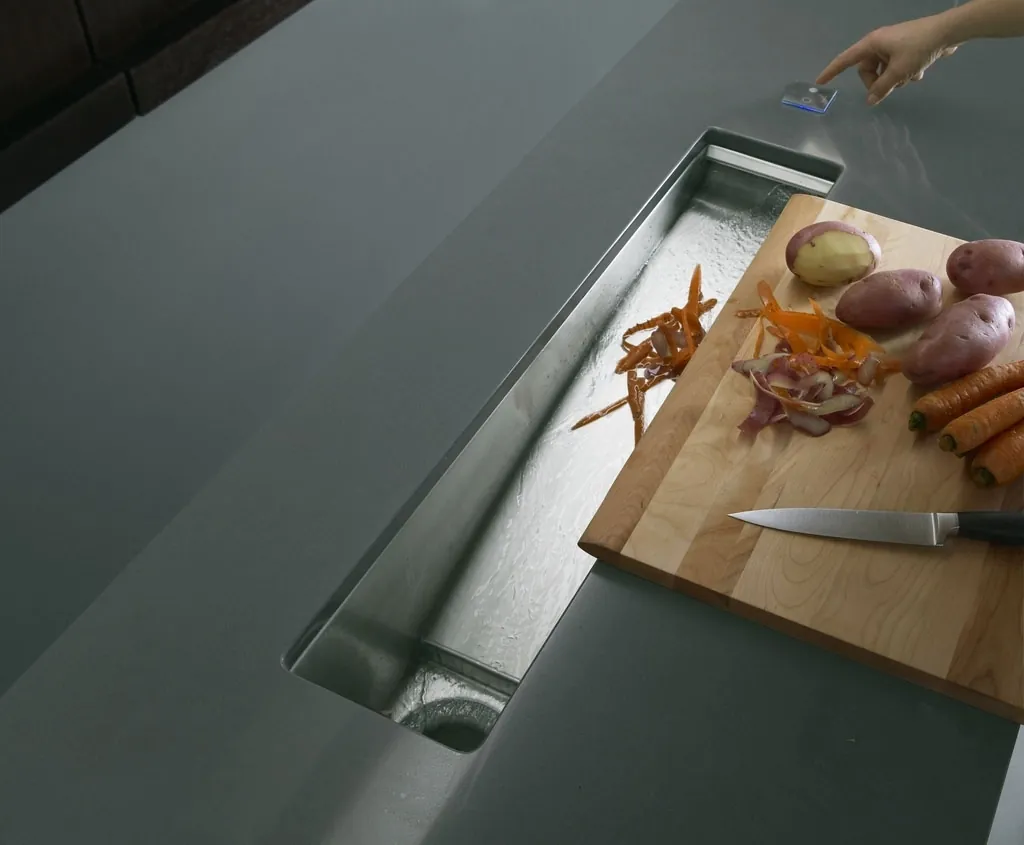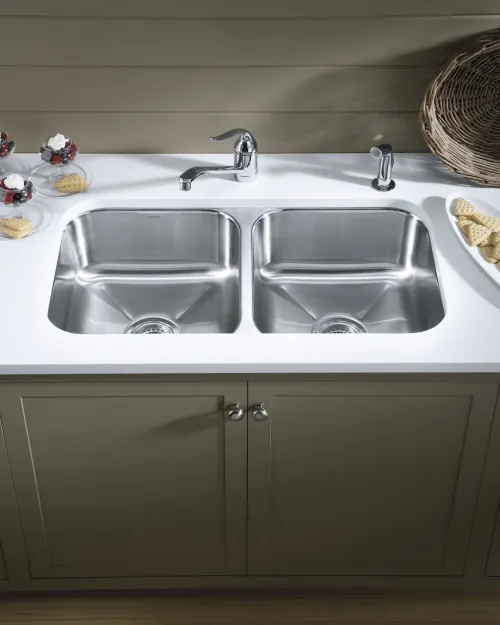It seems that more and more often the newspapers are headlining a story about food problems around the world.

Facts and figures regarding recalls, organic versus non-organic foods, and arguments over what exactly is “healthy” fill our heads with both information and confusion. Everyone has an opinion or an argument – what can you believe? In many of these situations, both sides have an important point to get across. When the information becomes overwhelming, it is best to take a look at your own kitchen and get back to the basics. Outside of the various food fads, there are simple steps to practice home food health and safety.
The first step in making sure your home is in great shape for food safety is examining the spaces most often in use like the kitchen and any other food storage areas (perhaps a basement or snack center on another floor). Check all appliances that are used for food storage. Are fridges and freezers set to proper temperatures? The best way to check this is to buy a thermometer specifically for the fridge and the freezer. Fridge thermometers should be placed in the center of the middle rack – NOT on the door. The door constantly opening and closing exposes the thermometer to outside temperatures and will not reflect an accurate reading of the refrigerator interior. Refrigerator temperatures should linger below 40 degrees farenheit. No higher, but also not so low as to freeze milk and produce. Freezers should remain around 0 degrees so that food is kept rock solid. If refrigerators are kept at the proper temperature, in the event of a power outage an unopened refrigerator will properly keep food for up to four hours. A properly set freezer can keep food frozen up to 48 hours if the door remains unopened. The difference of a few degrees truly can save money in energy resources and food quality.

View this House Plan
View Other Bungalow House Plans
Once the temperatures are correctly set, item placement should be observed. Are raw meats and poultry wrapped carefully and separated from other foods? They should be placed on the lowest refrigerator shelf to ensure drips do not contaminate other food products. Also, lower shelves will keep any messes to a minimum. It is important to clean up any spills and drips within the refrigerator immediately, especially those involving raw meat.

Photo courtesy of Kohler
After checking major storage appliances, it is important to look at the prep and cooking utensils. Food preparation is most often the point in which cross contamination occurs. It is key to have separate cutting boards for produce and for meats and poultry. The same should be said for knives and other cookware. Anything that comes in contact with raw meat or poultry needs to be scrubbed with soap and warm water before being used again. When thinking about cookware that comes in contact with raw foods, keep in mind the kitchen surfaces as well. Sinks and countertops are breeding grounds or bacteria if not properly scrubbed of all drips and splatters. All dish towels and sponges should also be changed out regularly.

Photo courtesy of Kohler
Every food has an internal temperature to reach before being considered thoroughly cooked through. It is important that foods reach this temperature to ensure bacteria is removed. Remember that freezing and refrigerating food does not kill bacteria- it merely keeps it dormant. Lukewarm temperatures will not be enough for certain foods to be safe to eat. This is especially important when using a microwave to reheat or cook food. Foods heated in the microwave need to be rotated and stirred throughout the heating process to ensure no cool spots remain. These cool spots foster bacteria growth in food that would otherwise be ready to eat.

Photo courtesy of Kohler
Once food is cooker properly, it is not free from harm. No food should be left out for more than 2 hours at room temperature. This time limit is shortened to 1 hour during warmer weather. Leftovers should be labeled and eaten and thrown out within 3 to 5 days of storing. Also bear in mind that there is no real 3 or 5 second rule – any food that touches the floor is best thrown out rather than ingested.
Many of these tips and practices seem like common sense to the average homeowner. However, busy lifestyles sometimes call for fast meals and time saving short cuts. Beware of mishandling food safety. There is never a situation that calls for saving time that is worth food poisoning or other health hazards.
Here are some related articles:
Save this article to:
back to top